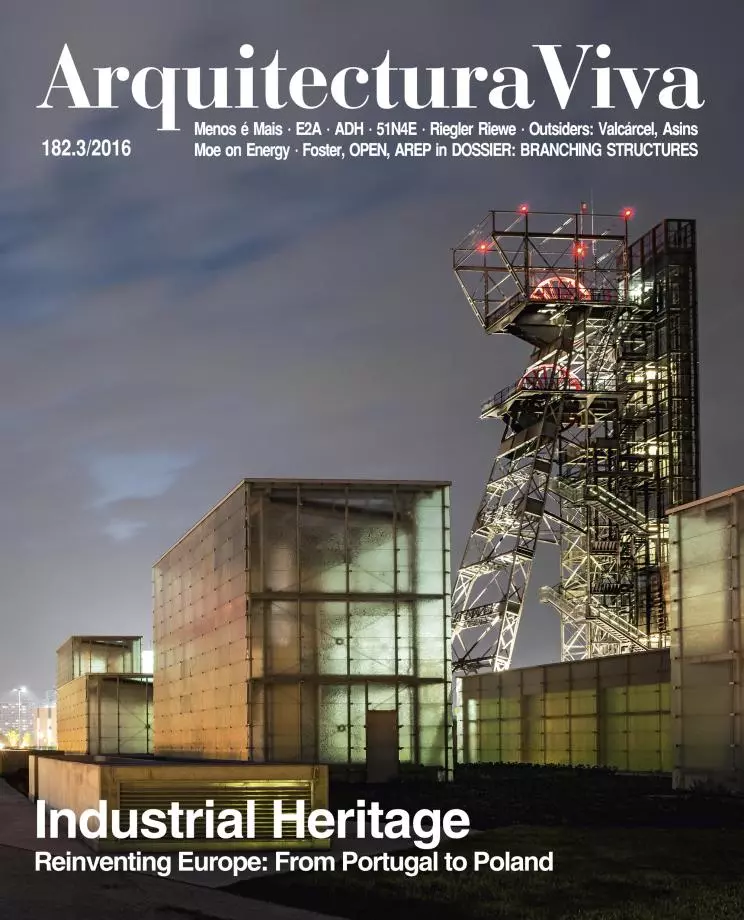
Elena Asins was born in Madrid in 1940. She used to talk about having had it tough. Being a woman and an artist during the peak years of Francoism must have been hard enough. Add to this the everyday sacrifices that come with total surrender to artistic creation, and the solitude of anyone engaged in work that is difficult to understand, way ahead of its time and place.
In the late 1960s Asins abandoned figurative painting and began to align herself with experimental currents. First she was part of Castilla 63, and later she joined the Cooperativa de Artes Plásticas y Artesanas, founded in 1966 by Ignacio Gómez de Liaño. This interdisciplinary group sought to come up with an experimental art that lay outside the mercantile flow of capitalism. During this period, Asins typed out visual poems, most of which were reduced to ashes after a fire in her studio. The only verses saved were her Cantos de Orfeo, republished in 2012 but composed back in 1970.
That year, precisely, had been important for Elena Asins. It was when she arrived at the Automatic Generation Seminar of the Madrid Complutense University’s Computing Center, where fellow participants included people like José Luis Alexanco, Barbadillo, Luis Lugán, Eduardo Sanz, Soledad Sevilla, Eusebio Sempere, and José María López Yturralde. There, for the first time, artists and mathematicians were gathered to explore the aesthetic possibilities of computer work.





